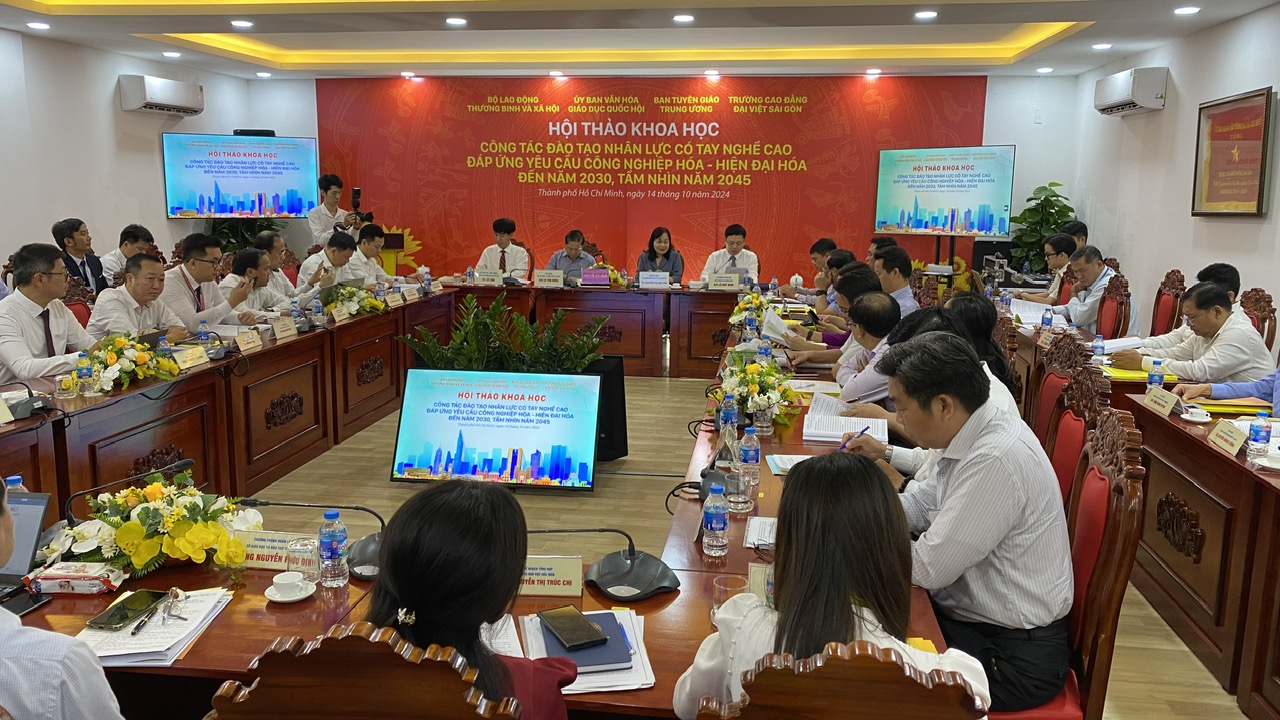
Delegates at the conference
On October 14, at Dai Viet Saigon College, the Central Propaganda Department, the National Assembly's Committee on Culture and Education, and the Ministry of Labor, War Invalids and Social Affairs held a scientific workshop on "Training highly skilled human resources to meet the requirements of industrialization and modernization by 2030, with a vision to 2045".
Head of the Department of Education - Central Propaganda Department Le Huy Nam said that for Vietnam to successfully carry out industrialization and modernization, investing in developing highly skilled human resources is a prerequisite. Highly skilled human resources help improve production efficiency, reduce waste and optimize work processes. Highly skilled people often have the ability to access and apply new technology, thereby promoting innovation and development in industrial sectors, helping businesses increase their competitiveness.
Highly skilled experts and engineers are capable of developing new products, improving processes, creating added value for businesses and the economy ; an important factor in attracting foreign investment, making Vietnam an attractive destination for investors. Highly skilled human resources are capable of responding to challenges such as climate change, environmental and social issues, thereby contributing to sustainable development and promoting innovation.
"However, the rate of trained workers with degrees and certificates in 2023 is 27%. By the end of 2023, the country still has 38 million untrained workers. The educational level of the trained workforce in Vietnam is low, mainly junior high school (67%); labor productivity is lower than many countries in the region. Elementary training level, less than 3 months, still accounts for a high proportion (75%). These statistics show a significant challenge in improving the technical expertise and skills of workers," Mr. Nam acknowledged.
According to Mr. Nam, there are many reasons for the above figures. Among them, policies and laws have not kept up with practical requirements; state management capacity, especially at the local level, is still inadequate; training quality is uneven among facilities; training program content still has many outdated elements; the relationship between training facilities and businesses is not close, mainly in creating conditions for trainees to practice and visit, with little participation in innovation of content and programs; most vocational education institutions have difficulties in recruiting students, and problems in implementing cultural teaching; support policies for vocational training development are not strong enough, and have not attracted many people to participate in high-tech professions...
"Without appropriate and drastic solutions, this practice will have a very negative impact on human resources, especially high-quality human resources, leading to the risk of not achieving the goal of industrialization by 2030, with a vision to 2045," Mr. Nam emphasized.
According to the General Department of Vocational Education (Ministry of Labor, War Invalids and Social Affairs), as of September 2024, the country has 1,886 vocational training institutions including: 399 colleges, 429 intermediate schools and 1,058 vocational training centers. The total number of non-public vocational training institutions is 684 (accounting for 36.2%).
The enrollment result for the 2020-2023 school year is 8.4 million people, of which 760,000 people will enroll in college level, accounting for 9%; 1.1 million people will enroll in intermediate level, accounting for 13%; and 6.5 million people will enroll in primary and continuing training.
Enrollment at 45 schools selected for priority investment to become high-quality schools in the 2019-2023 period is 975,250 people (of which 380,692 are college and intermediate schools; 594,558 are primary and vocational training under 3 months). Enrollment according to the transfer programs from Australia is 803 students in 41 classes, at 25 schools; from Germany is 988 students for 66 classes of 45 schools.
At the workshop, many papers were also presented, such as: Paper by the Department of Labor - Invalids and Social Affairs of Ho Chi Minh City on the current situation of high-quality human resource training at vocational training institutions; "Current situation and solutions for high-quality human resource training in enterprises in Binh Duong province" by a representative of the Department of Labor - Invalids and Social Affairs of the province; "The continuous development of the semiconductor industry, a high-tech field with great potential, the current situation of training in Dong Nai province", by the Department of Labor - Invalids and Social Affairs of the province...
Source: https://nld.com.vn/nhan-luc-chat-luong-cao-van-la-bai-toan-kho-giai-196241014162430806.htm



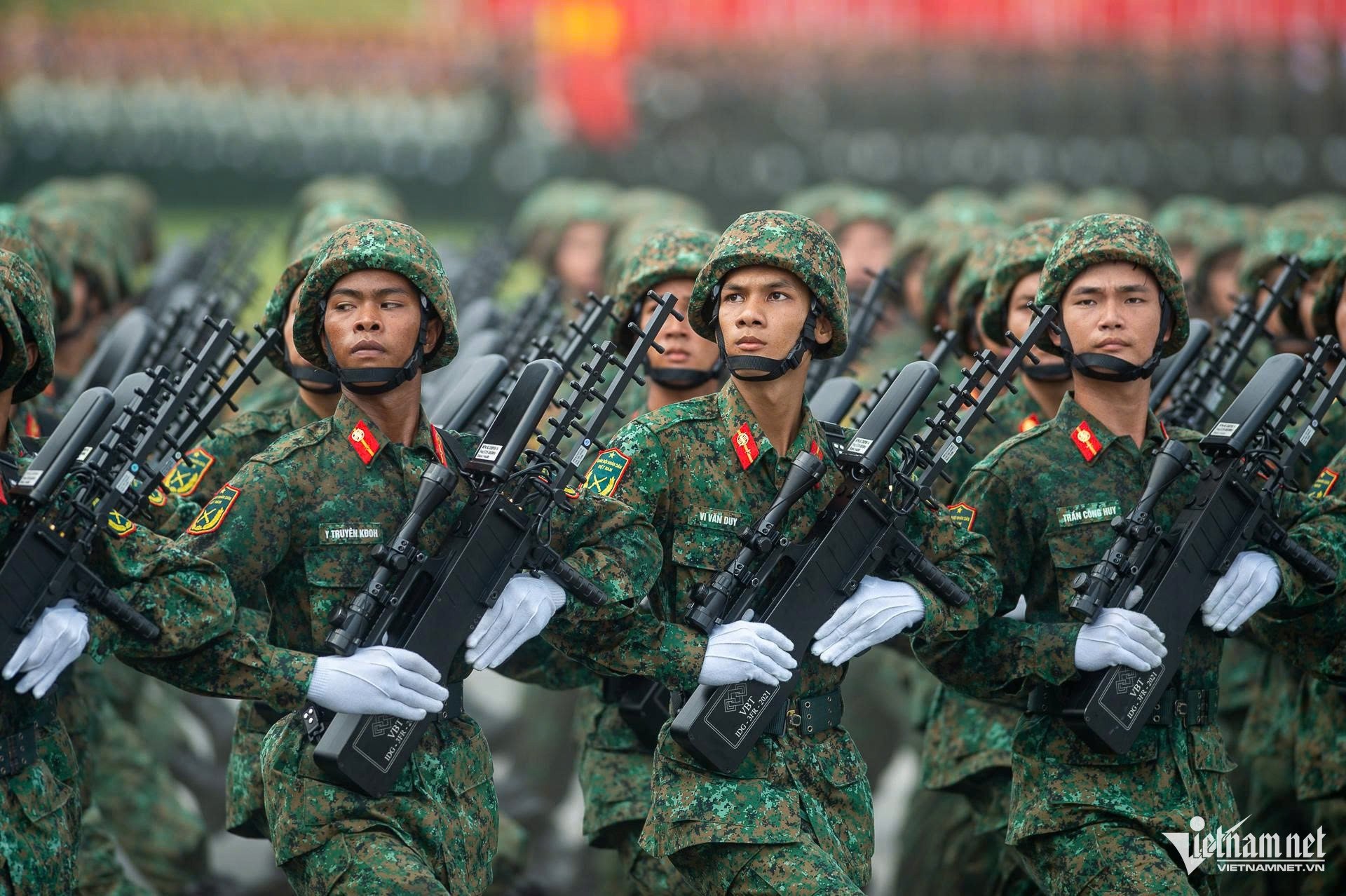




![[Photo] General Secretary To Lam attends the 80th Anniversary of the Cultural Sector's Traditional Day](https://vstatic.vietnam.vn/vietnam/resource/IMAGE/2025/8/23/9f771126e94049ff97692935fa5533ec)
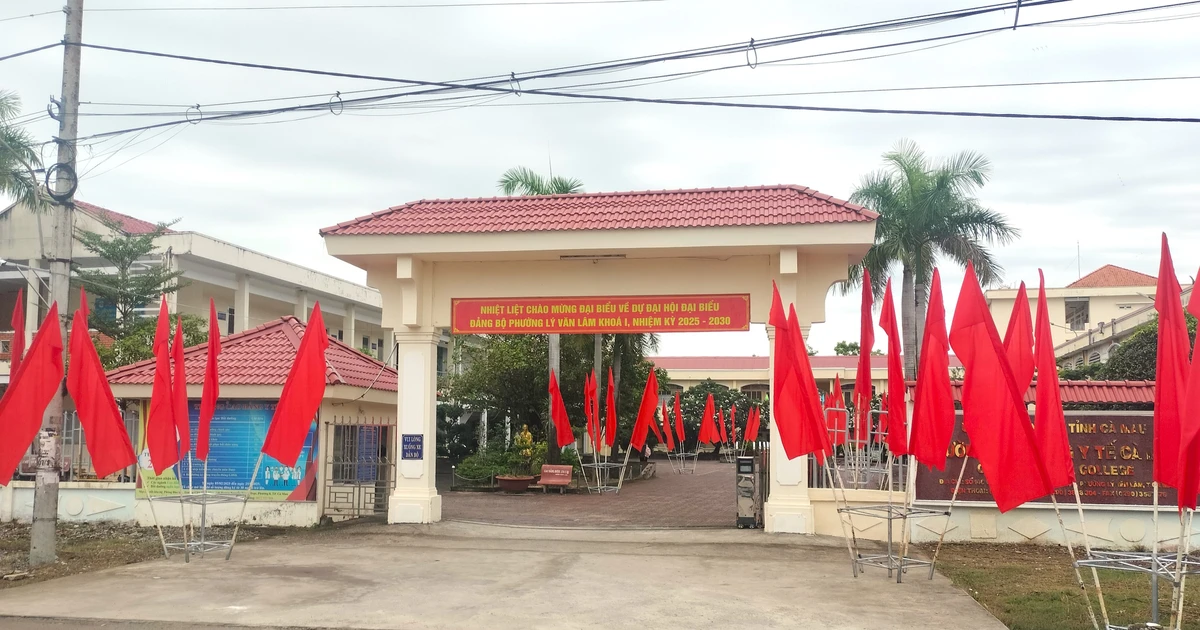


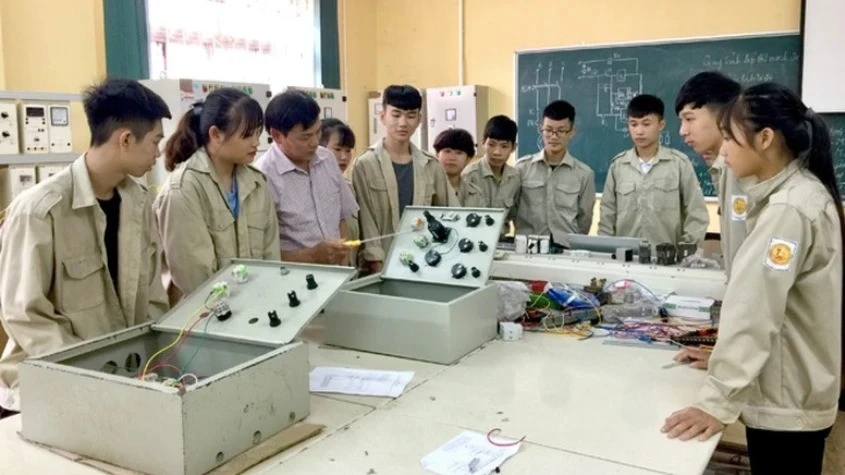



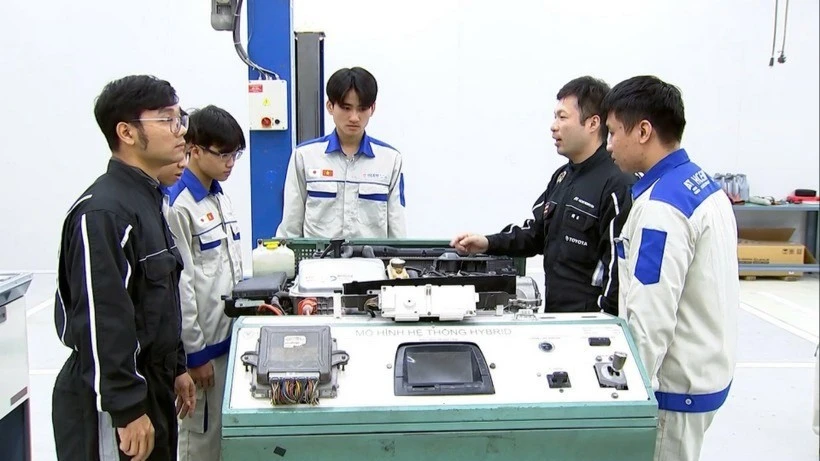
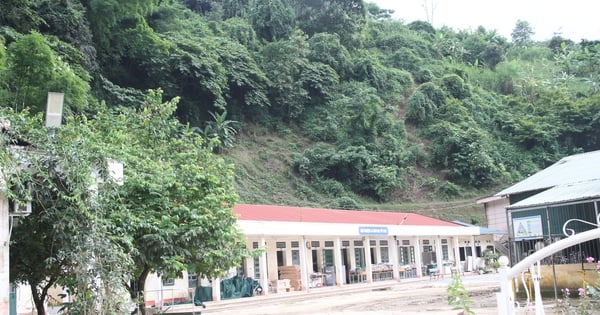




















































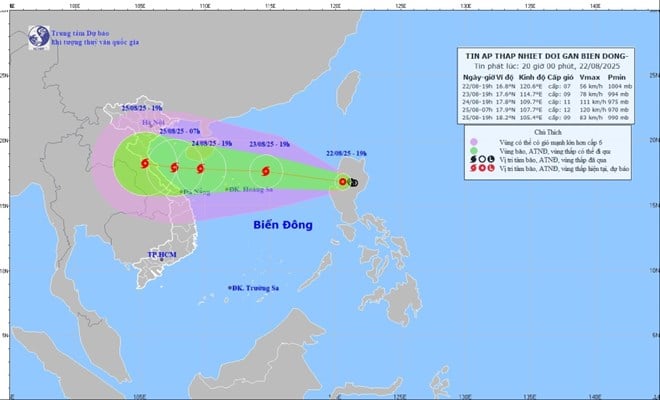





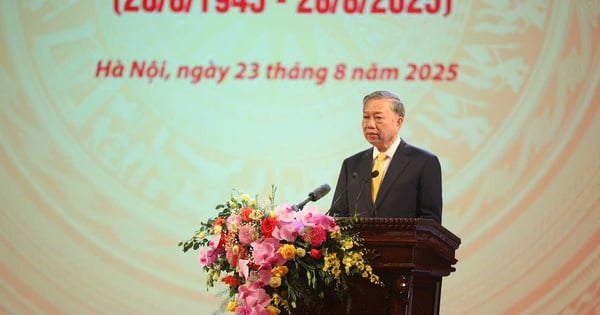
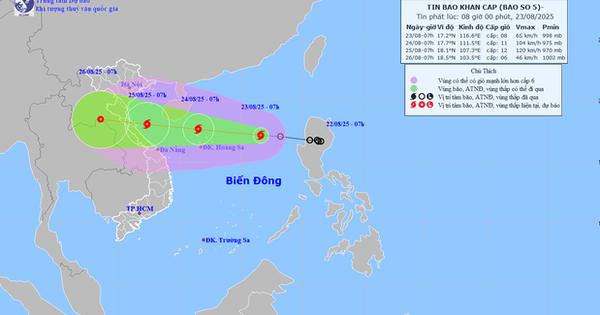



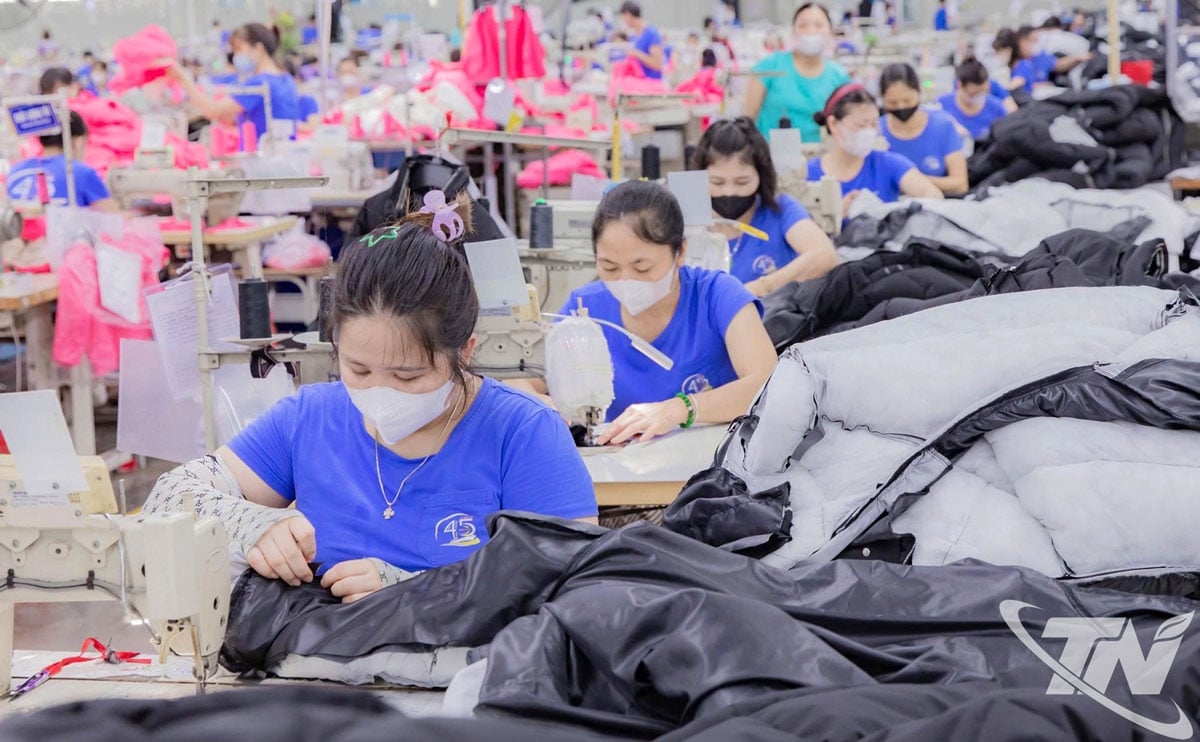

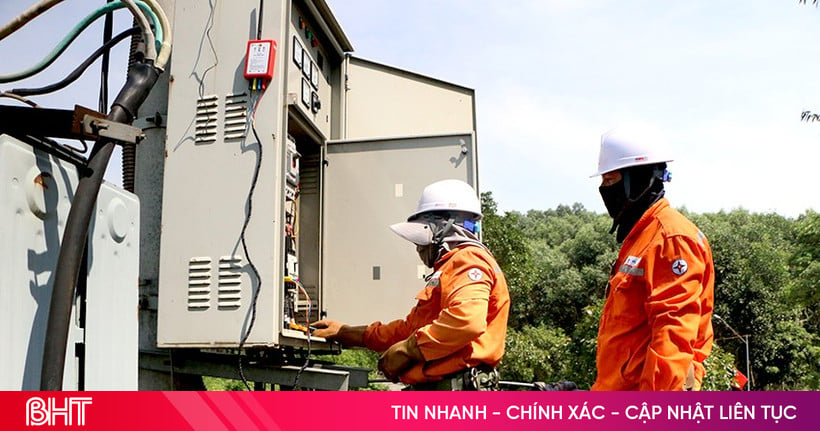

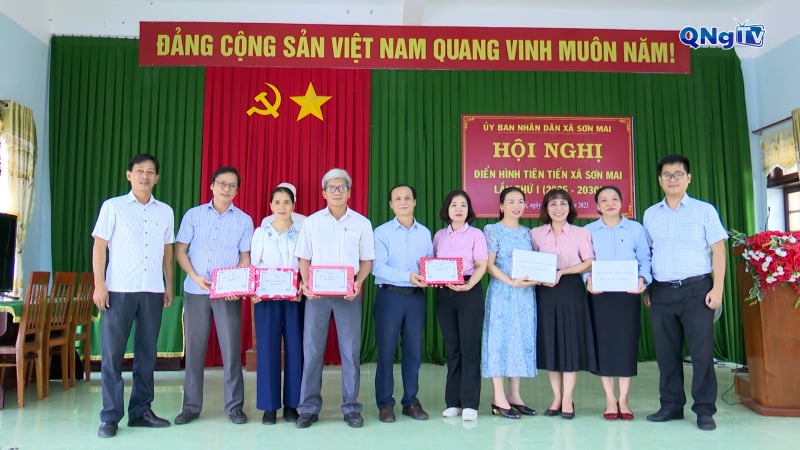

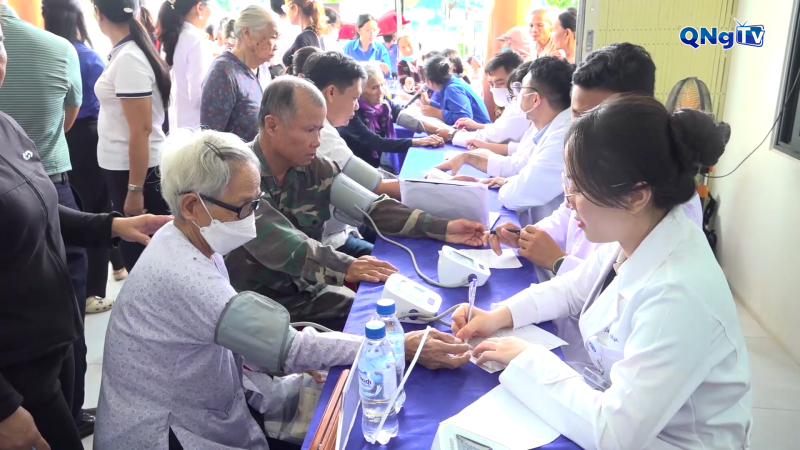


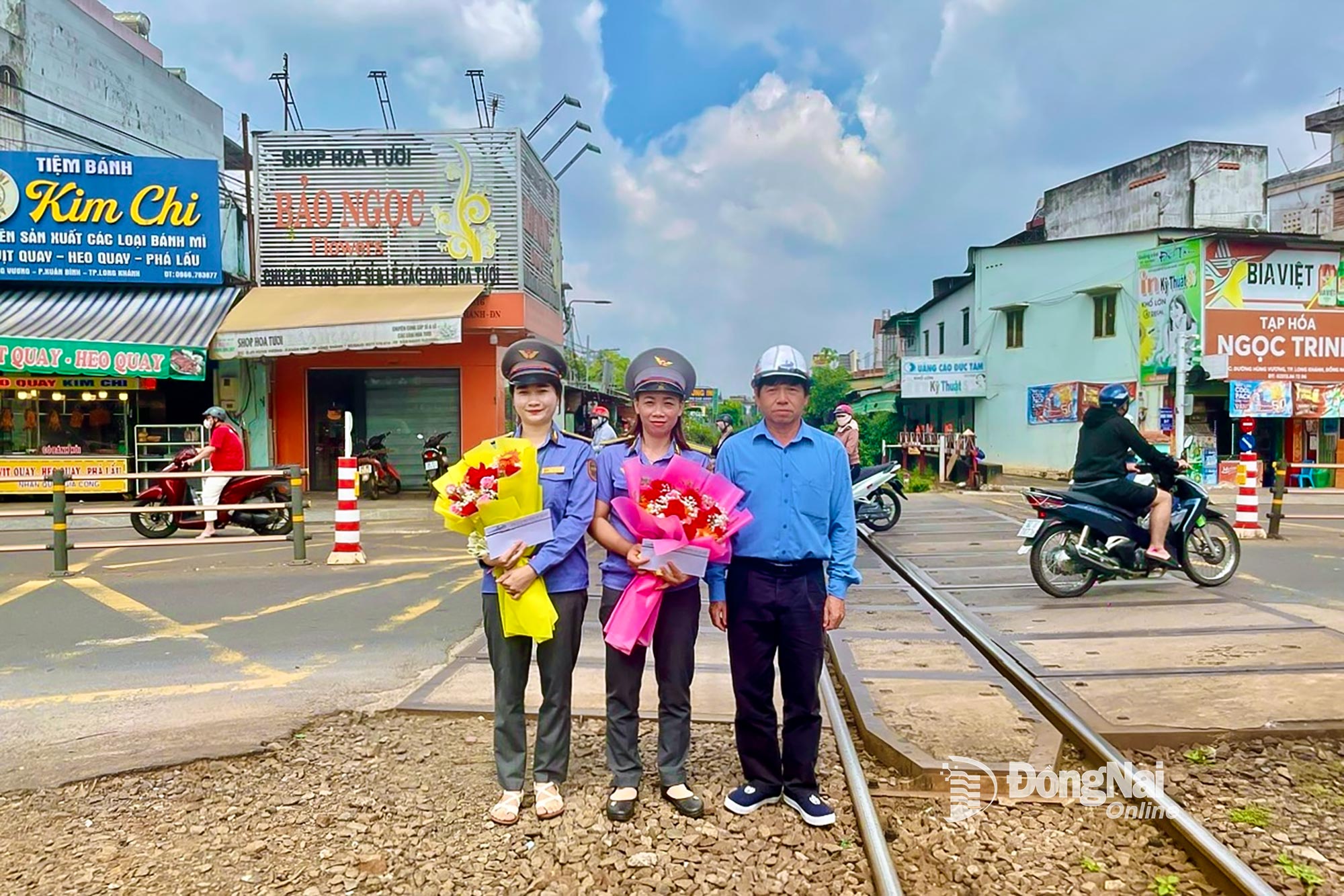















Comment (0)